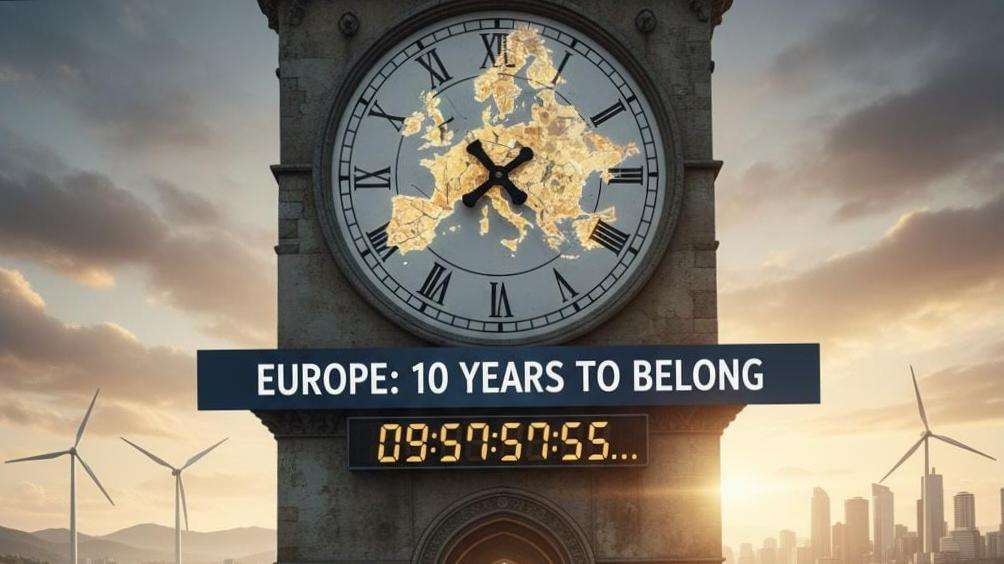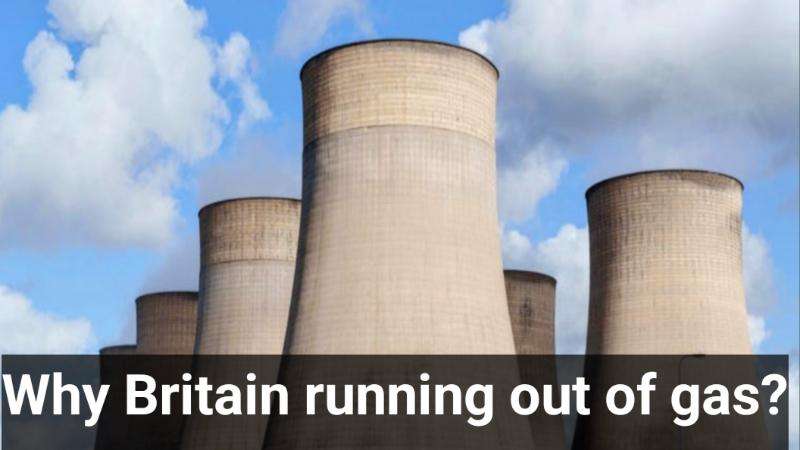Britain has long been concerned about the weather, but this week's "dunkelflaute," which was characterized by low temperatures and falling wind speeds, highlights how important it is to the country's economy and discourse.On Wednesday, the UK's electricity demand reached a peak of 50 gigawatts (GW) due to freezing conditions. That is significantly higher than the peak demand of 44.4GW that was forecast by the National Energy System Operator, Neso, in its winter outlook report from last fall. Low wind speeds also reduced the output of Britain's 12,000 wind turbines, which might have produced 30GW of electricity. On Wednesday, the actual amount was 3GW, which is sufficient for about 2.2 million of the 28 million homes in Britain.Solar showed the same issue of intermittency. Its output equates to 1.5GW through the year, enough electricity for nearly 1m homes. But when the sun went down that vanished, too – so what was left?
Once, the answer would have been coal and nuclear. Back in 1980, coal provided 76pc of the UK’s electricity. But Ratcliffe-on-Soar in Nottinghamshire, the UK’s last coal-fired station, was shut down last year as part of reaching net zero.The UK’s nuclear power stations have been closing, too. Nuclear output peaked in 1995 at about 13GW or around a quarter of UK needs – but has dwindled ever since as ageing power stations were shut down and politicians dithered over replacing them. It now provides just 5GW.
All those losses have made Britain’s energy security ever more dependent on just one fuel – natural gas. And now the country’s winter reserves are running low, with Centrica, the owner of British Gas, warning there is only enough in storage to last for a week if supplies from outside Britain were cut off.Last year the UK consumed around 75bn cubic metres of gas, roughly equivalent to 1,100 cubic metres per person.
Imagine 14 double-decker buses following you around for a year. Their collective volume is equivalent to the gas consumed per person in the UK.
Where does Britain’s gas supply come from?
So the UK needs a lot of gas – but where does it come from? Unfortunately Britain’s dependence on gas for generating electricity has grown at roughly the same rate as its North Sea supplies have dwindled.
Two decades ago, the UK was producing about 100bn cubic metres (bcm) of gas a year. But as offshore operators drained the biggest fields, supplies naturally dwindled.
By 2012, North Sea gas production had fallen to around 38bn cubic metres and it stayed around that level till 2022. Gentle declines averaging 5pc a year were predicted from 2022-30 as fields became depleted.
Then came the windfall tax, when the Conservative government raised taxes on the profits of offshore operators from 40pc to 75pc – later increased to 78pc by Labour.
It meant the investment needed to maintain production plummeted, and UK output fell to 26bcm last year. About 180 of the UK’s 280-odd offshore fields are now predicted to close by 2030.
It means gas output is predicted to reach 12bcm in 2030 and just 6.5bcm by 2035 – when the country will still need up to 42bcm.
Reliant on imports
Britain is already reliant on imports. So where is it getting all that extra gas from?
Mostly, it’s Norway. Last year the UK imported 29bn cubic metres of Norwegian gas via subsea pipelines. That compares to the 26bn cubic metres the UK produced from its own continental shelf.
That makes Norway the UK’s primary source of gas – and leaves Britain increasingly vulnerable to anything from pipeline attacks to the Norwegian voters’ increasing fondness for green politics and net zero.
At least three of its leading political parties are committed to “transitioning” away from oil and gas.
The immediate problem, though, is that the pipelines from Norway are maxed out, which along with the shrinkage of the North Sea, leaves the UK with a shortfall of around 15bn cubic metres of gas each year.
Britain makes up that shortfall by importing liquefied natural gas (LNG) – mostly from the United States and Qatar. Some of it the UK re-exports to Europe via pipelines. But in 2023, LNG provided a vital 15bn cubic metres of gas for domestic uses.
As the North Sea shrinks further, so that proportion will surge – and Britain will be increasingly dependent on the giant LNG tankers that ferry the fuel around the world.
Such tankers typically carry about 174,000 cubic metres of LNG – enough to meet the UK’s needs for half a day.
But in times of crisis, it may not be possible to rely on these shipments. LNG is largely traded on the global “spot market” meaning cargoes go to the highest bidder.
LNG tankers are notorious for changing course in mid-voyage as new buyers outbid the last – a phenomenon that reached a peak when Russia’s invasion of Ukraine triggered panic buying and price surges.
The UK and Europe found themselves in an LNG bidding war with north-east Asia, meaning China, South Korea and the Indian sub-continent.
Back then, energy prices surged but in the west the lights mostly stayed on. The worst losers were countries such as Bangladesh which, unable to compete, faced power cuts.
The lesson, though, was clear. Living hand-to-mouth by relying on LNG shipments was a huge risk – what countries also needed was storage.








.svg)


